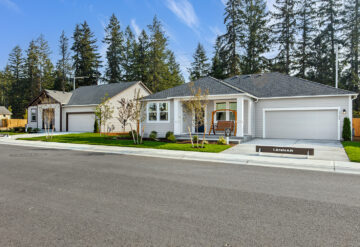When choosing a place to call home, it’s common to start by thinking in terms of the type of city you want to live in. Do you prefer an urban location? Or something more suburban? And in today’s fastest growing cities, what do those terms really mean?
Technically, cities are legal designations that, under state laws, have specific public powers and functions. But many of the largest American cities – especially in the South and West – don’t feel like cities, at least not in the high-rise-and-subways, “Sesame Street” sense. Large swaths of many big cities are residential neighborhoods of single-family homes, as car-dependent as any suburb.
Cities like Austin and Fort Worth in Texas and Charlotte, North Carolina, are big and growing quickly, but largely suburban. According to Census Bureau data, the population of the country’s biggest cities grew 0.99 percent in 2014 – versus 0.88 percent for all metropolitan areas and 0.75 percent for the U.S. overall. But city growth isn’t the same as urban growth. Three cities of the largest 10 are more suburban than urban, based on analysis of how people describe the neighborhoods where they live.
Official government data obscures how suburban America really is. There’s no definition of “suburb” or “suburban” in the census’s otherwise exhaustive list of geographic terms and concepts. The census definition of urban areas amounts to the 81 percent of the U.S. population that is not rural, but this definition lumps together urban and suburban neighborhoods.
The new census population data shows that the fastest-growing large cities tend to be more suburban. Among the 10 fastest-growing cities with more than 500,000 people, five – Austin, Fort Worth, Charlotte, San Antonio and Phoenix – are majority suburban, and a sixth, Las Vegas, is only 50 percent urban. Only one of the 10 fastest-growing, Seattle, is at least 90 percent urban.




